
Mayra Obando sticks her gray head out into the street during a blinding noon, fanning herself with her hand. “Pew,” she complains in a low voice as five scantily dressed tourists pass by, smoking a joint.
The gravel alley where her house is located is an artery of rebellion that somehow has managed to escape from downtown Tamarindo. It helps that the street is so narrow that a car can barely squeak through, and that the address is nearly impossible to understand: “From the roundabout there’s a little alley and that’s where it is. Not by Fiesta del Mar, but rather on the other side.”
Anyone who’s lived in Tamarindo for a few years knows that the story of the few remaining original settlers is deeply entrenched here, between these walls and fences, where Mayra lives with her family.
“Tamarindo used to be beautiful. Now it’s ugly,” she says. Mayra is among the people who have been declared settlers in the 200 meters of Maritime and Terrestrial Zone (MTZ) in Tamarindo, giving her a concession to build on her land and permission to work in the restaurant that she built with her daughter-in-law.
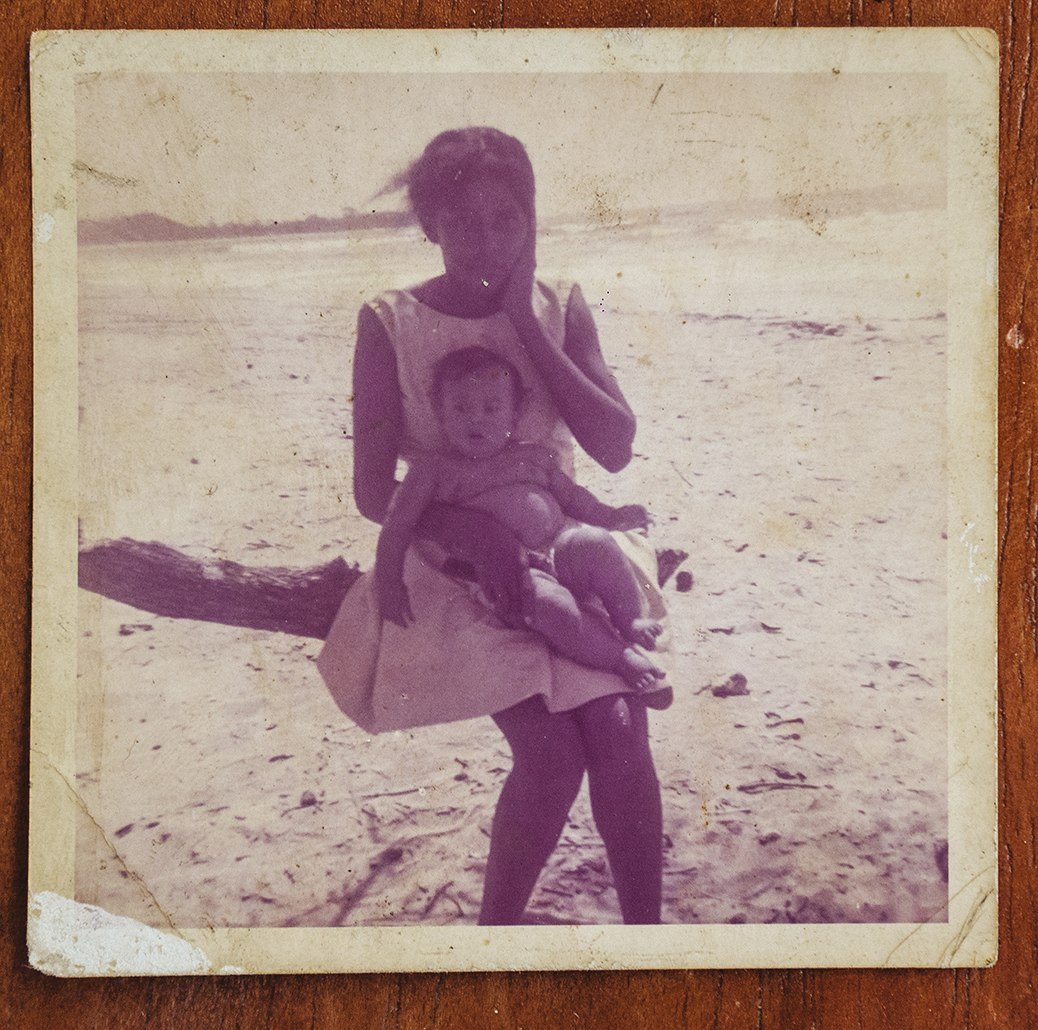
“I don’t even go to the beach anymore,” she adds with equal parts boredom and resignation. When asked “why not?” she responds with a loop of “I don’t know.” She does accept that she lives here more out of force of habit because, well, where else is she going to go?
However, almost without realizing it, she is part of a small resistance movement. Amid the tumult of sunburned gringos and beach umbrellas rented at 20,000 colones an hour that Tamarindo has become, there is a handful of seventy-somethings who originally came to the beach. These original settlers now resist the selling out of their beach to foreigners like a rock in the ocean: by being there.
The Originals
“Álvaro Padilla has the Las Palmas market. Rodrigo Brenes and Gladys Rojas came later. Then Luis Guevara and Carlos German… over there was Jorge Armijo… There were maybe six, seven little houses.”
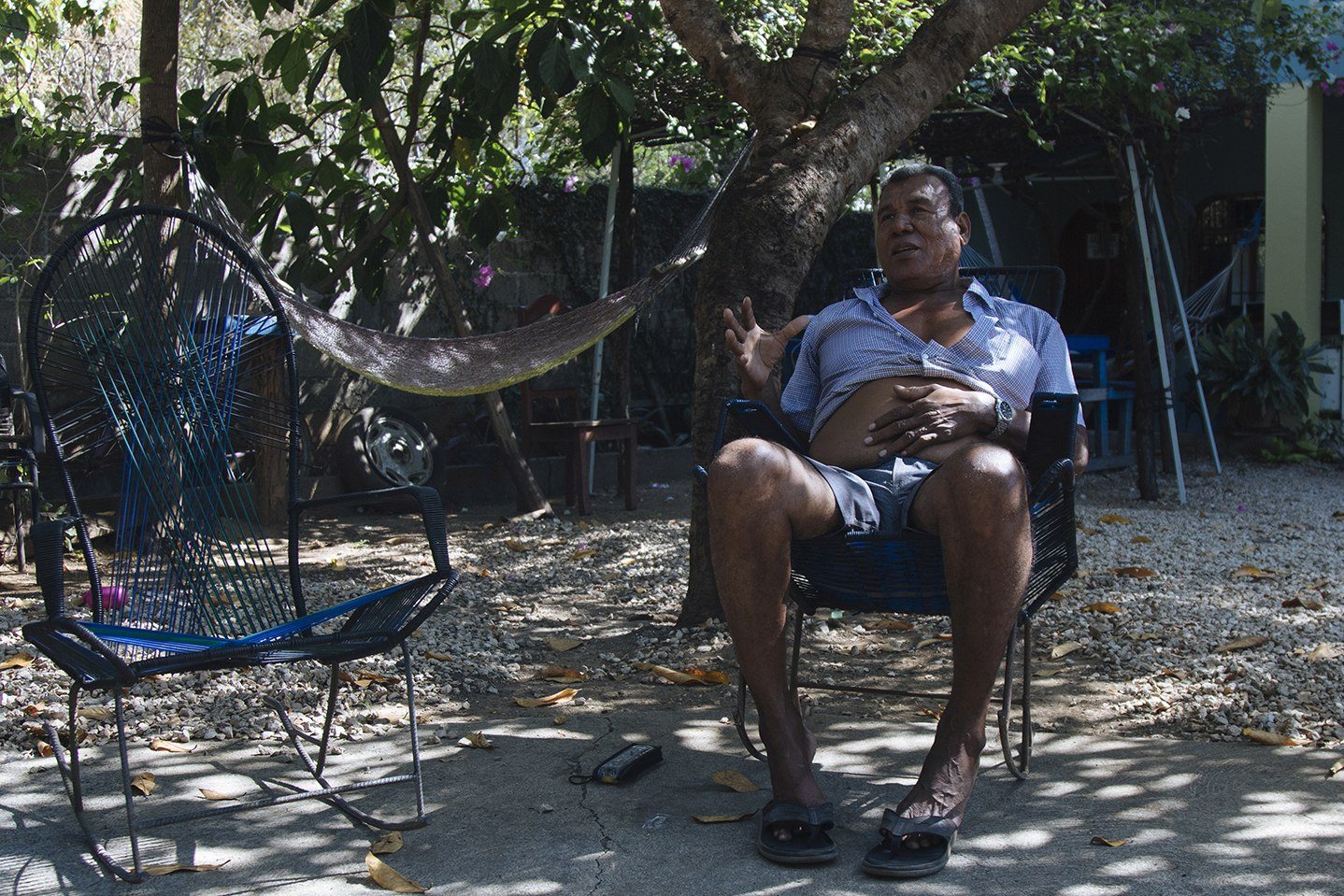
Beto Jiménez was born in Villarreal but he’s lived in Tamarindo ever since he got married 45 years ago, when electricity “hadn’t even arrived in Santa Cruz,” he says.
His memory is illustrated with stories of the time he drove a dump truck for “the project” that opened roads and brought electricity to the beach.
“A gentleman came, Mister William, and he bought a whole bunch of properties to make the highway. Tamarindo used to go up to here, to the roundabout. He told me that he had attempted a similar project in Guatemala, but that it wasn’t successful. Tamarindo was settled very slowly,” he remembers.
“When I was 25 or 30 my dad told me, ‘If you want to live in Tamarindo, this is your piece.” He marked it off for me. He and my uncles owned all of this. Eighty hectares this way, 80 hectares that way,” he adds as he rubs his stomach which pushes up his t-shirt past his belly button.
Of these properties, only 5,000 square meters remain in his hands as an administrator because they sit within the 200 meters of the MTZ. They have a few cabins that his wife, Rosa Argentina Valerín, insists on keeping. “My brother sold the rest. They sold it all to Williams,” he says.
Because of his wife’s determination, Beto hasn’t wanted to sell his land throughout the years. “I’d rather sell, but she doesn’t want to. And how could I take this away from her, right?”
They do want to. Every Friday, Beto and Rosa spend the night in a house they have in Santa Rosa because all around them are dance clubs. Fridays are the worst. “It’s unbearable,” and they’re past the age of putting up with it, so they leave the guard in charge and they go live the life they’d have if they weren’t a rock, if they didn’t keep resisting.
Their property makes real estate agents drool. “I’ve been told that it’s worth $7 million. If somebody gives me that, I’ll sell.” He’s no fool.
For now, it looks like he is resisting temptation. At the end of the cabins, which are like a trench near the nightly sonic assault from his neighbors, there is a hammock hung between a mango and nancite trees. Here the day’s heat dissipates and it feels, once again, like the Tamarindo of 45 years ago.
Not that it was easy to live here years ago. In the seventies, when the Dutchman Luis Medaglia and the owners of the Alfaro bus lines got together to build the Tamarindo Diriá, there was no road and people got to Villarreal on foot or horseback. It was a five-kilometer trek into town in order to take another form of transportation or go to school.
But Beto, like Mayra, liked that Tamarindo just how it was. Grab the horse, milk the cows, watch your husband go out to fish, have a bunch of trees to chase away the heat… They liked it like that, invisible.
Nor is it easy now, according to Mayra and her daughter-in-law Eline. There is no school in town because the “rich people” have their own private schools. Public spaces have fallen off the map, poor planning has drowned water sources, and it’s easier to see a careless tourist’s bare butt than to find a leatherback turtle laying eggs – even though this is their natural habitat. “Everything is ugly now,” says Mayra. But she’s not leaving. Rocks don’t move.


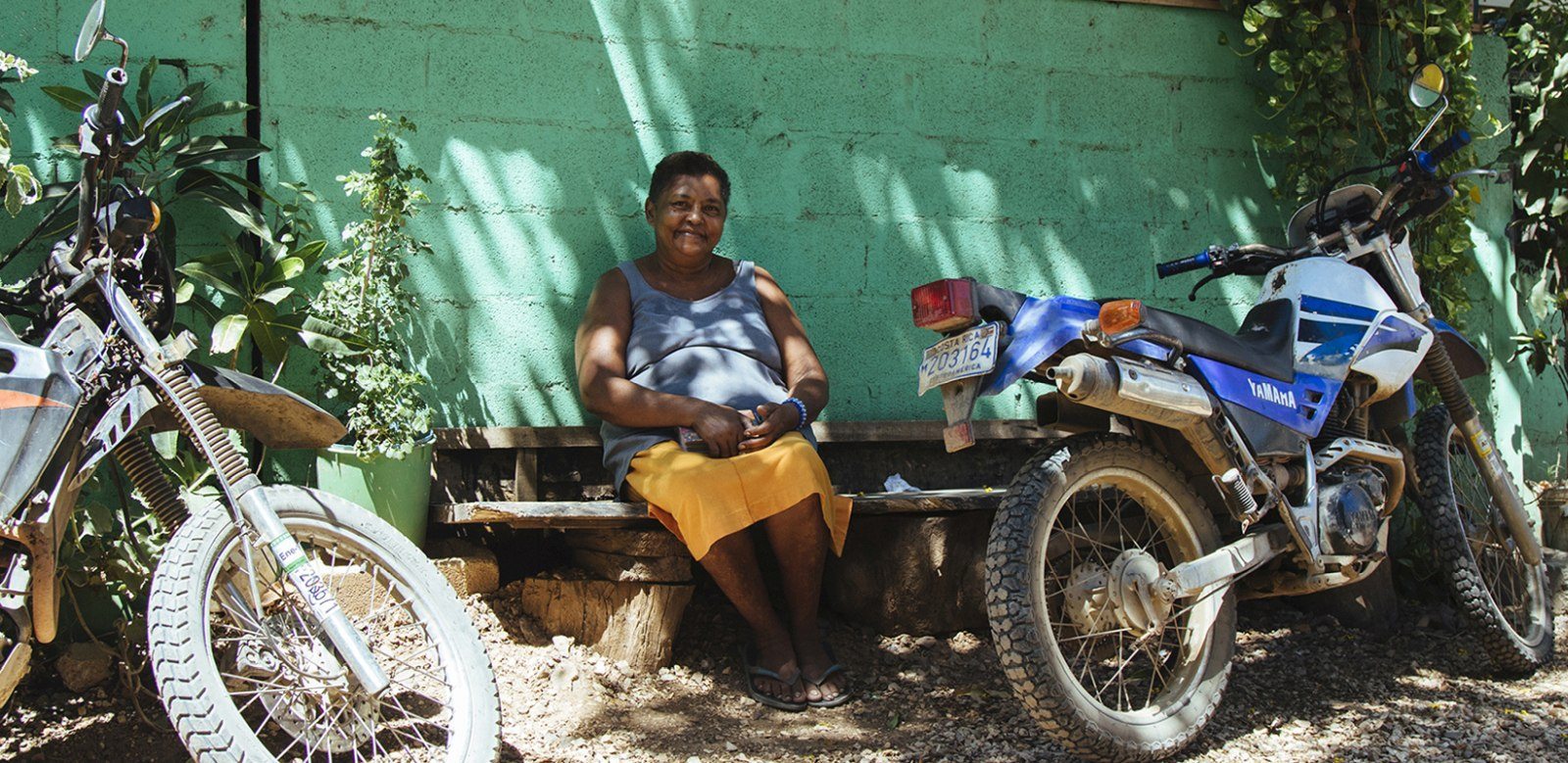
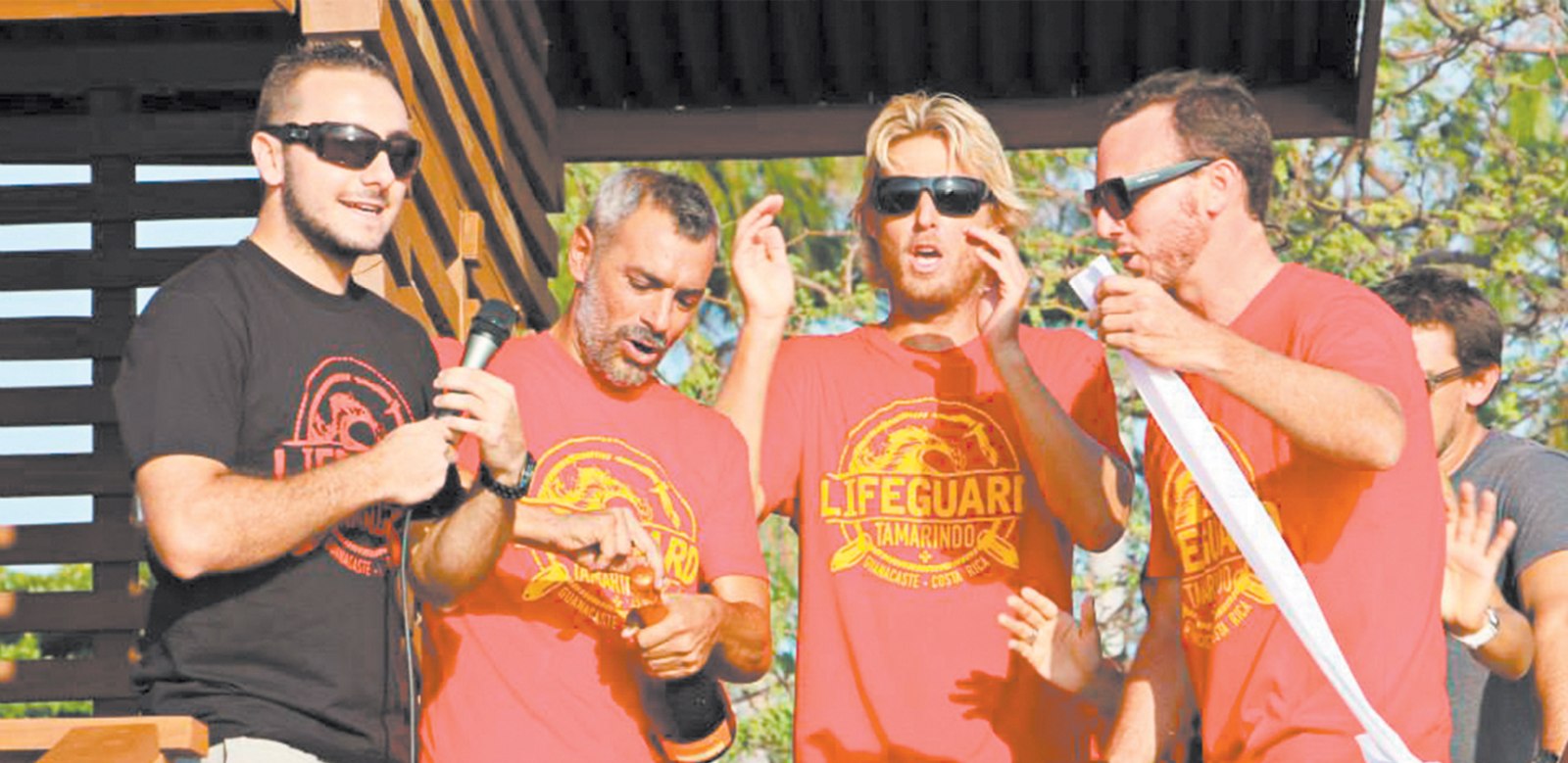
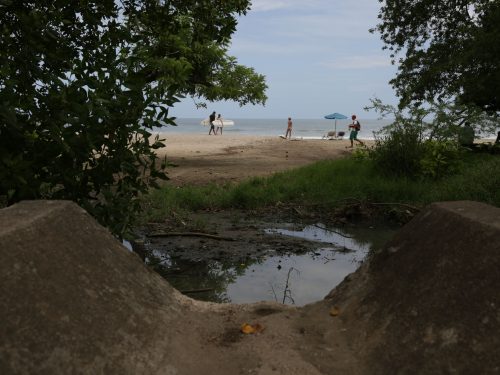
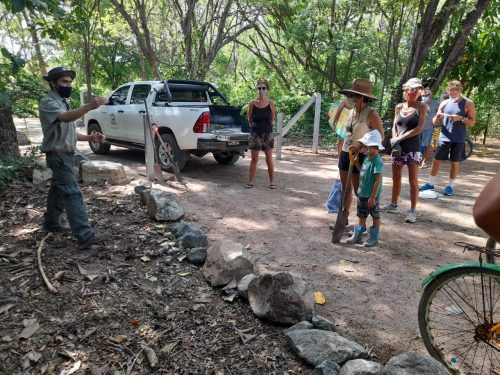

Comments